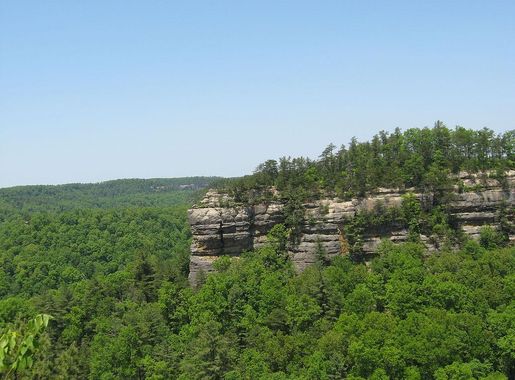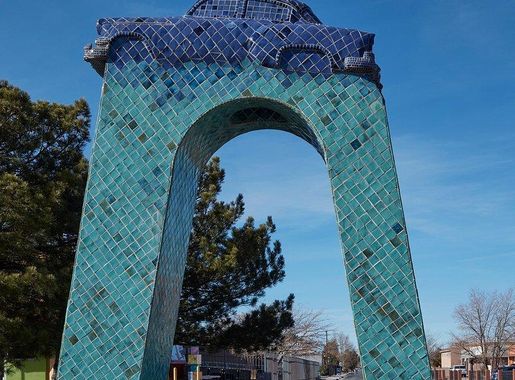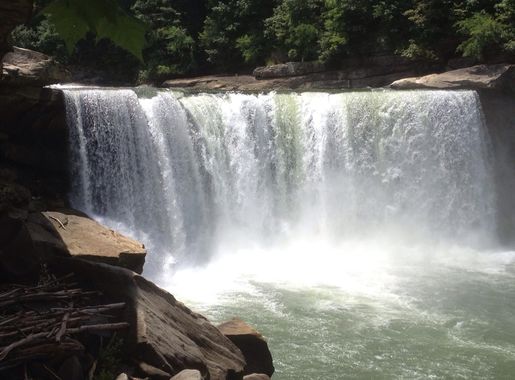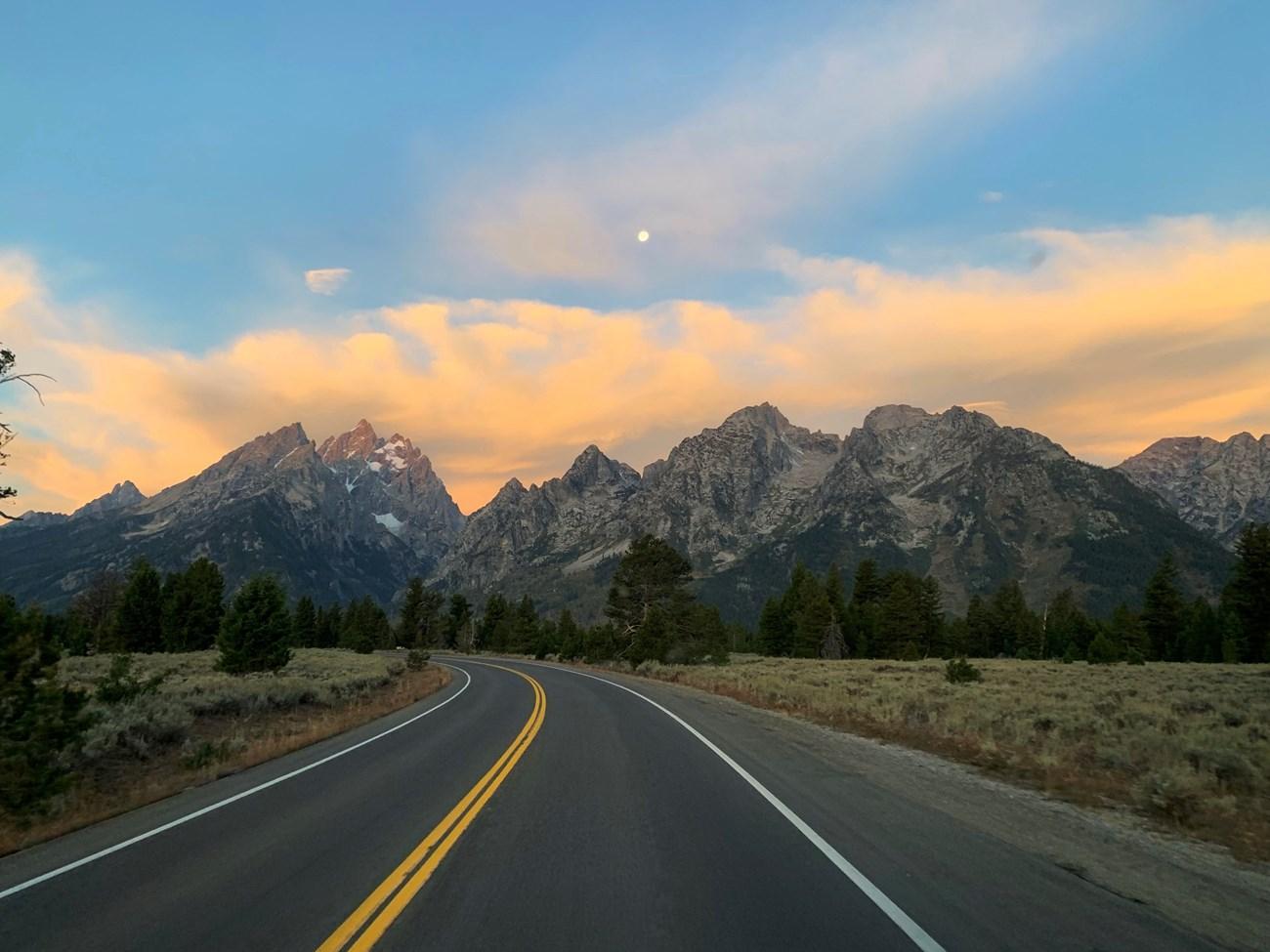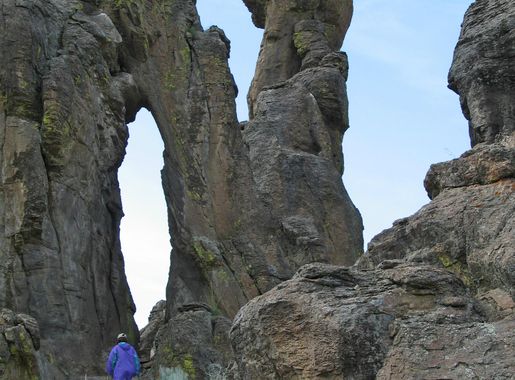
The Enchanted Wilderness of Daniel Boone National Forest
Explore the natural beauty of Daniel Boone National Forest in Kentucky, offering hiking, wildlife, and stunning landscapes for an unforgettable outdoor adventure.
Nestled in the heart of Kentucky, the Daniel Boone National Forest offers an enchanting escape into nature. Spanning over 700,000 acres, this vast forest is a paradise for outdoor enthusiasts. With its rolling hills, dense woodlands, and pristine waterways, it provides a serene backdrop for a variety of activities. Hikers will find a network of trails that wind through picturesque landscapes, leading to breathtaking overlooks and hidden waterfalls. The Red River Gorge, a geological wonder, is a must-see with its stunning arches and rock formations. For those who enjoy water activities, the forest’s lakes and rivers are perfect for canoeing, fishing, and kayaking. Wildlife lovers will be delighted by the diverse fauna that calls this forest home. Keep an eye out for white-tailed deer, wild turkeys, and even the occasional black bear. The forest is also a haven for bird watchers, with numerous species to observe throughout the year. Whether you’re camping under the stars or exploring the forest’s many attractions, Daniel Boone National Forest promises an unforgettable adventure.
Local tips in Daniel Boone National Forest
- Visit during the fall for stunning foliage views.
- Check local weather conditions before hiking.
- Bring plenty of water and snacks for long hikes.
- Wear sturdy footwear suitable for uneven terrain.
- Don’t miss the Red River Gorge for its unique rock formations.
- Carry a map or GPS as cell service can be spotty.
- Respect wildlife and maintain a safe distance.
- Plan your trip to include a visit to the Natural Bridge State Park.
The Enchanted Wilderness of Daniel Boone National Forest
Nestled in the heart of Kentucky, the Daniel Boone National Forest offers an enchanting escape into nature. Spanning over 700,000 acres, this vast forest is a paradise for outdoor enthusiasts. With its rolling hills, dense woodlands, and pristine waterways, it provides a serene backdrop for a variety of activities. Hikers will find a network of trails that wind through picturesque landscapes, leading to breathtaking overlooks and hidden waterfalls. The Red River Gorge, a geological wonder, is a must-see with its stunning arches and rock formations. For those who enjoy water activities, the forest’s lakes and rivers are perfect for canoeing, fishing, and kayaking. Wildlife lovers will be delighted by the diverse fauna that calls this forest home. Keep an eye out for white-tailed deer, wild turkeys, and even the occasional black bear. The forest is also a haven for bird watchers, with numerous species to observe throughout the year. Whether you’re camping under the stars or exploring the forest’s many attractions, Daniel Boone National Forest promises an unforgettable adventure.
When is the best time to go to Daniel Boone National Forest?
Unmissable attractions to see
Cumberland Gap National Historical Park
Explore the stunning landscapes and rich history of Cumberland Gap National Historical Park, a perfect blend of nature and heritage in the Appalachian region.
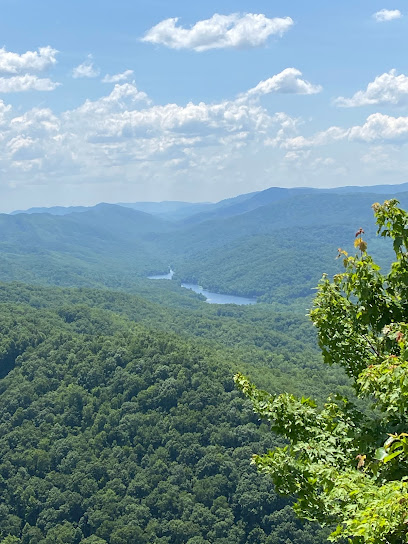
Big Bone Lick State Historic Site
Explore the fascinating blend of history and nature at Big Bone Lick State Historic Site, a unique state park in Kentucky featuring trails, a museum, and a fishing pond.
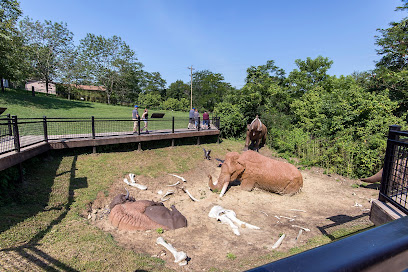
Gorge Underground
Discover the serene beauty of Gorge Underground, Kentucky's premier canoe and kayak tour agency amidst stunning landscapes.
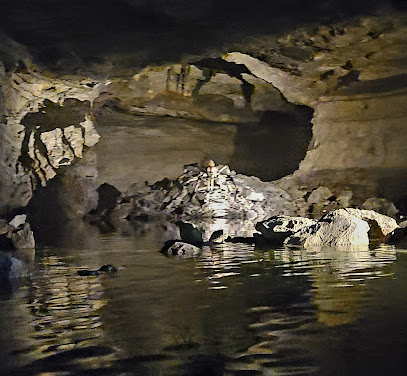
Levi Jackson Wilderness Road Park
Explore the breathtaking landscapes and rich history of Levi Jackson Wilderness Road Park, a top tourist attraction in Kentucky for adventure and relaxation.
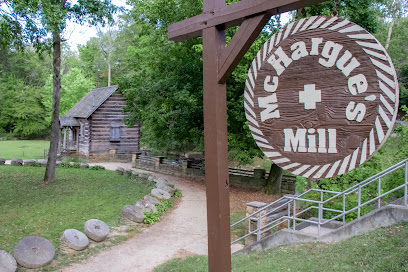
Blue Licks Battlefield State Resort Park
Discover the rich heritage and natural beauty of Blue Licks Battlefield State Resort Park in Carlisle, Kentucky, where history blends seamlessly with outdoor adventure.
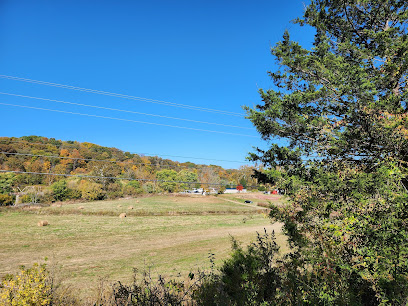
Green River Lake State Park
Explore the serene landscapes and outdoor adventures at Green River Lake State Park in Campbellsville, Kentucky, perfect for nature lovers and families.
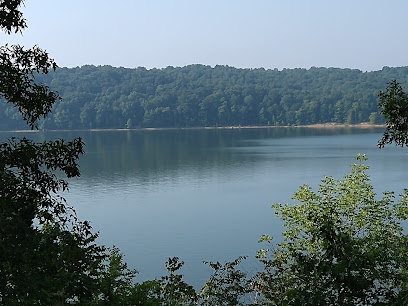
Squire Boone Caverns
Explore the mesmerizing beauty of Squire Boone Caverns, featuring stunning geological formations and a delightful petting zoo for family fun in Indiana.
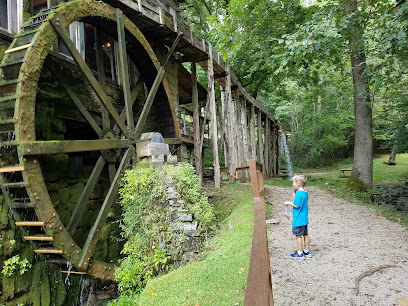
General Burnside Island State Park
Explore General Burnside Island State Park: a serene Kentucky escape for outdoor enthusiasts featuring hiking, fishing, and breathtaking views.
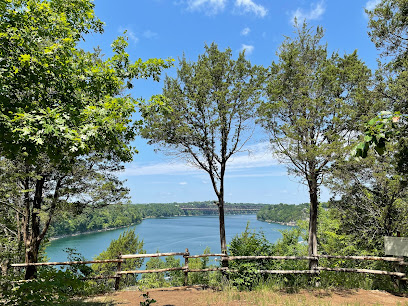
Creation Falls
Discover the stunning Creation Falls in Campton, Kentucky - a breathtaking natural wonder with scenic trails and picturesque landscapes perfect for nature enthusiasts.
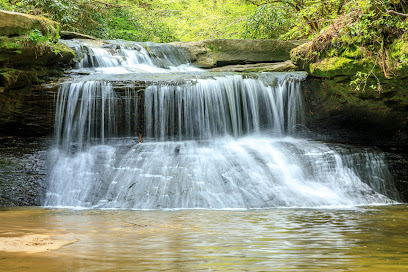
Kingdom Come State Park
Explore the natural beauty and adventure-filled trails of Kingdom Come State Park in Kentucky, a paradise for outdoor enthusiasts and nature lovers.
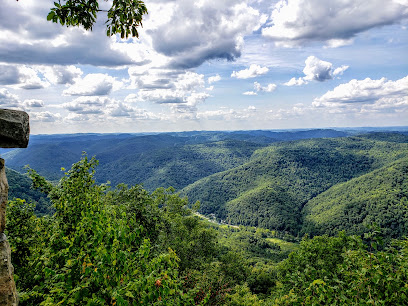
Cumberland Falls State Park
Explore the beauty of Cumberland Falls State Park, a natural wonder in Kentucky known for stunning waterfalls, hiking trails, and moonbows.
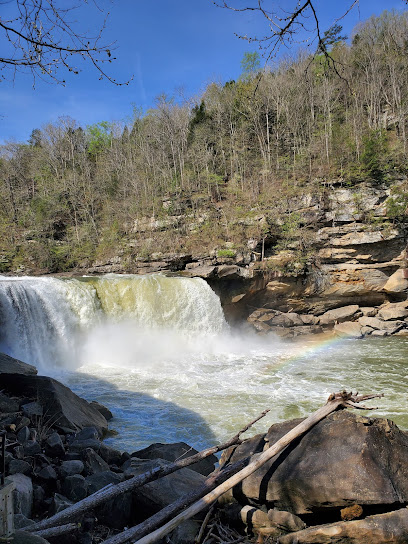
Flat Lick Falls Recreational Area
Explore the natural beauty of Flat Lick Falls Recreational Area in McKee, Kentucky, featuring stunning waterfalls and scenic hiking trails.
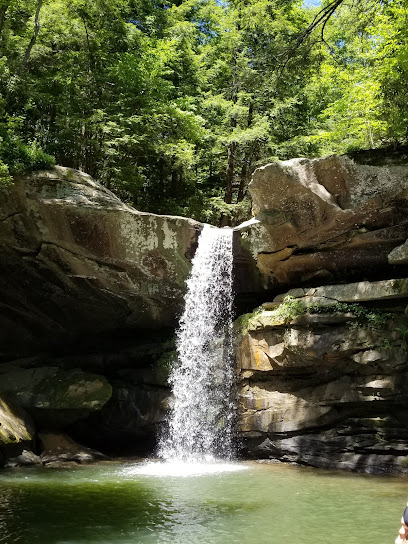
Holly Bay Campground
Discover the serenity of Holly Bay Campground in Kentucky, a perfect escape for camping, boating, and enjoying nature's beauty.
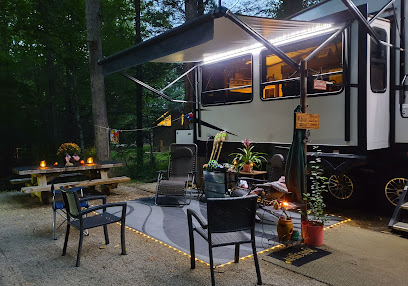
Thrillsville Adventure Park
Discover endless fun and adventure at Thrillsville Adventure Park, a premier family attraction in Kentucky with thrilling rides and beautiful natural scenery.
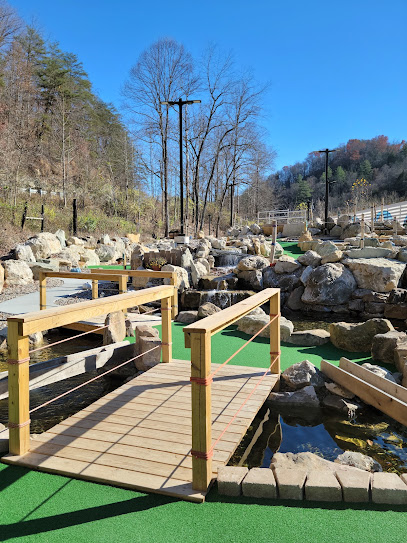
White Hall Historic Site
Discover the rich history and breathtaking landscapes at White Hall Historic Site in Richmond, Kentucky – a hidden gem for every traveler.
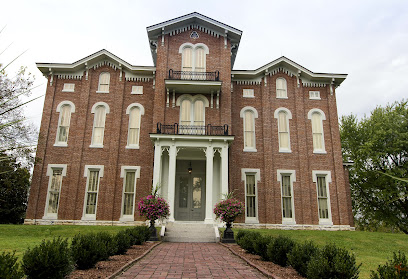
Markets, malls and hidden boutiques
Daniel Boone National Forest
Explore the breathtaking Daniel Boone National Forest, a natural wonder in Kentucky with endless outdoor adventures and stunning landscapes.
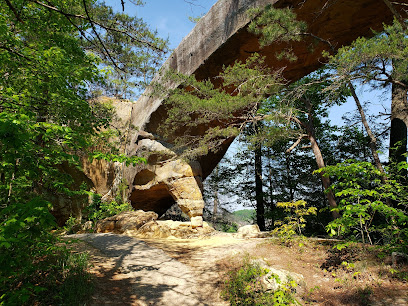
Daniel Boone Coffee Shop
Experience the charm of Daniel Boone Coffee Shop, a cozy café in Slade, Kentucky, perfect for coffee lovers and a delightful stop for travelers.
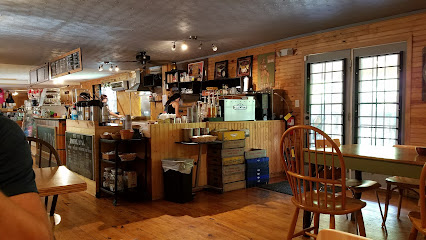
Ross Dress for Less
Explore Ross Dress for Less in Corbin, KY for stylish clothing and accessories at unbeatable prices, perfect for savvy shoppers.

Dog Patch Trading Post
Explore Dog Patch Trading Post in London, KY for unique local crafts, souvenirs, and the essence of Kentucky's vibrant culture.
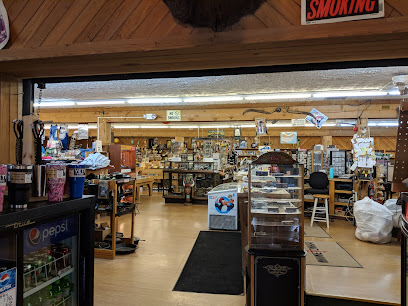
Books-A-Million
Discover an eclectic mix of books, collectibles, and unique gifts at Books-A-Million in Corbin, KY, a haven for book lovers and treasure seekers.
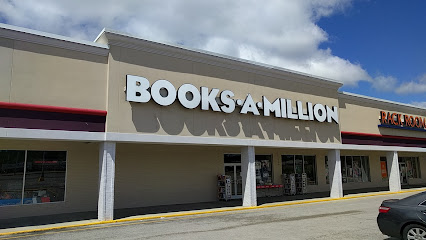
Amish & More Country Store & Sandwich Shoppe
Experience authentic homemade sandwiches and Amish goods in Somerset, KY, at Amish & More Country Store & Sandwich Shoppe, a taste of local tradition.
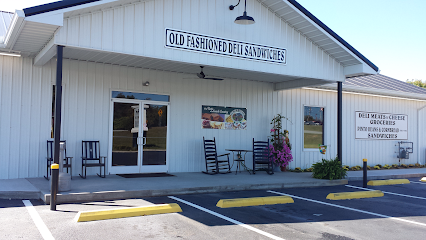
Bookland
Explore Bookland in Somerset, KY: A unique gift shop with books, collectibles, and a cozy atmosphere for all ages.

The Game King
Explore the ultimate gaming haven at The Game King in Corbin, Kentucky, where a vast selection of games and collectibles awaits you!

Kentucky Outdoorsman
Explore the great outdoors with top-notch gear at Kentucky Outdoorsman in Corbin, KY, your destination for hunting, fishing, and archery essentials.
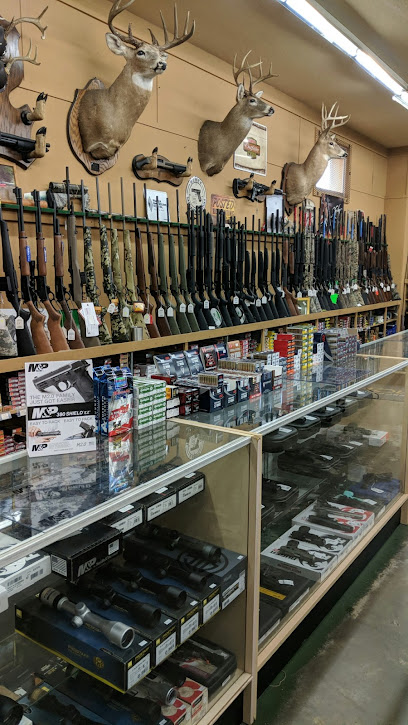
Corbin Cards & Games
Explore a world of collectibles and gaming at Corbin Cards & Games, the ultimate destination for enthusiasts in Kentucky.
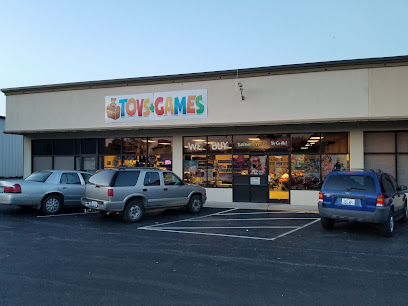
Michaels
Explore creativity at Michaels in London, KY - your one-stop shop for craft supplies, home decor, and inspiration for every project.

The Copper Penny of London
The Copper Penny of London is your ultimate destination for bridal gowns, formal wear, and trendy fashion accessories in a welcoming atmosphere.

Kindred Spirit
Explore Kindred Spirit Bookstore in Corbin, Kentucky, for a unique collection of Christian literature and gifts that inspire and uplift.

The Makers Mill
Experience the vibrant fusion of art, culture, and organic cuisine at The Makers Mill in Somerset, Kentucky.
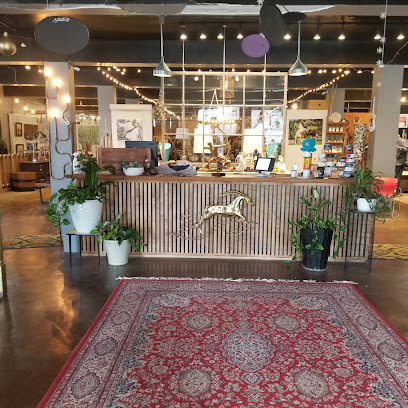
Posh Boutique
Experience unique fashion and exceptional service at Posh Boutique in London, KY – a hidden gem for every style-savvy tourist.

Essential bars & hidden hideouts
Cumberland Falls State Resort Park
Experience breathtaking waterfalls, scenic trails, and outdoor adventures at Cumberland Falls State Resort Park, a natural paradise in Kentucky.
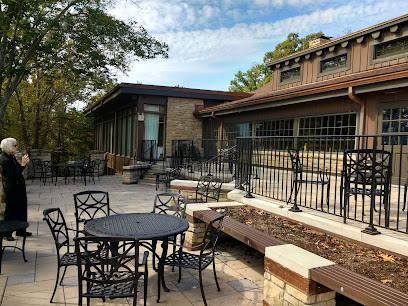
Dan'l Boone Inn
Experience authentic Southern cuisine and family warmth at Dan'l Boone Inn in Boone, NC - a culinary gem for all travelers.
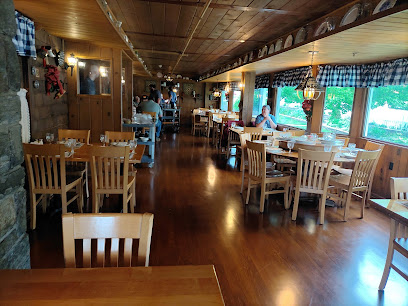
Sonny's BBQ
Experience the authentic flavors of Southern barbecue at Sonny's BBQ in Corbin, Kentucky, a family-friendly restaurant with a mouthwatering menu.
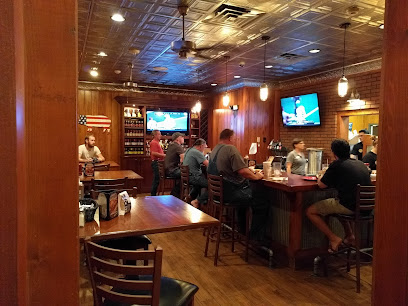
Cheddar's Scratch Kitchen
Experience the best of traditional American cuisine at Cheddar's Scratch Kitchen in London, KY, where every meal is made from scratch.
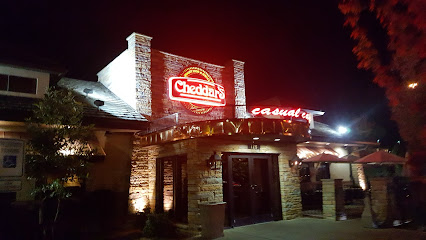
The Old Talbott Tavern
Experience the rich history and delicious American cuisine at The Old Talbott Tavern, one of the oldest continuously operating taverns in the U.S.
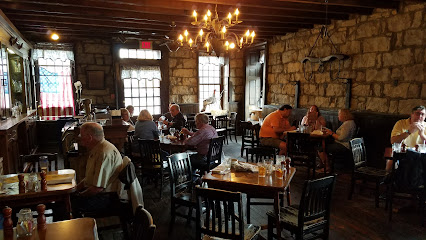
Historic Boone Tavern Hotel and Restaurant
Discover the Historic Boone Tavern Hotel and Restaurant, where rich heritage meets exceptional Southern cuisine in Berea, Kentucky.
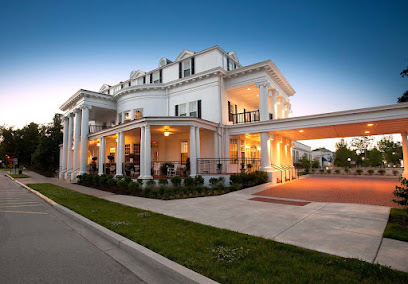
Old Town Grill of London
Experience a delightful fusion of American, Italian, and seafood cuisines at Old Town Grill, a must-visit restaurant in London, Kentucky.
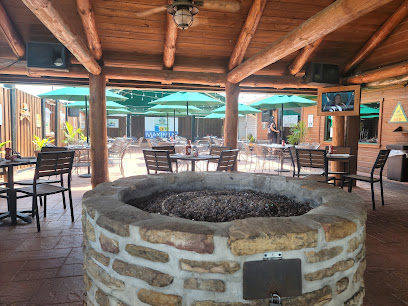
David's Steak House & Buffet
Discover delicious steaks and a bountiful buffet at David's Steak House & Buffet in Corbin, Kentucky, a top culinary destination for travelers.
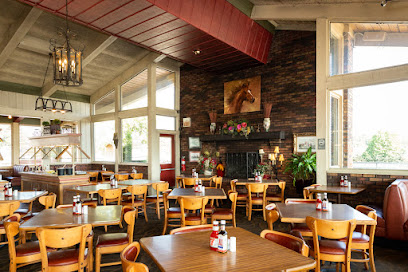
Applebee's Grill + Bar
Enjoy a delicious array of American classics at Applebee's Grill + Bar in Corbin, KY, perfect for families and friends alike.
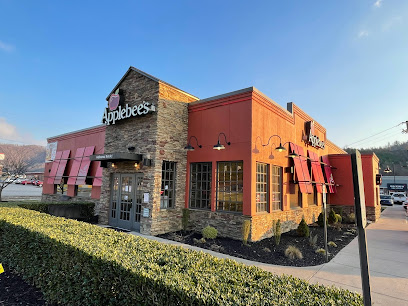
Shiloh Steakhouse London ky
Discover the ultimate steak dining experience at Shiloh Steakhouse in London, KY, where culinary tradition meets modern flair.
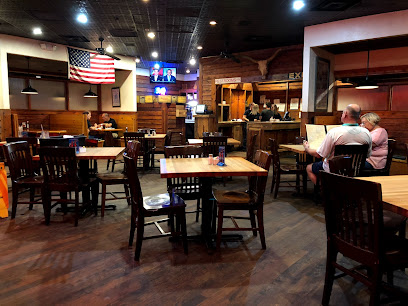
Red River Rockhouse
Experience the best of American cuisine at Red River Rockhouse in Campton, Kentucky, where comfort food meets southern hospitality.

The 859 Taproom and Grill
Experience the vibrant flavors of The 859 Taproom and Grill in Florence, where delicious bar fare meets an inviting atmosphere for all travelers.

Smokey Bear's BBQ & Grill
Discover the authentic taste of American barbecue at Smokey Bear's BBQ & Grill in Corbin, Kentucky, where delicious smoked meats and friendly service await.

Wings and Rings
Indulge in mouthwatering wings and American classics at Wings and Rings, the ultimate family-friendly sports bar in London, Kentucky.
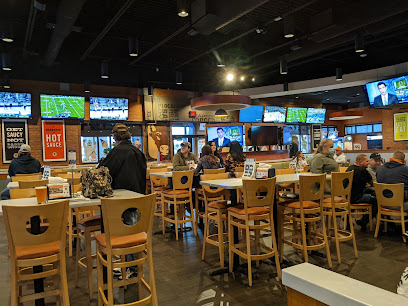
The Wrigley Taproom & Eatery
Experience the fusion of New American cuisine and craft beers at The Wrigley Taproom & Eatery in Corbin, Kentucky, perfect for foodies and casual diners.
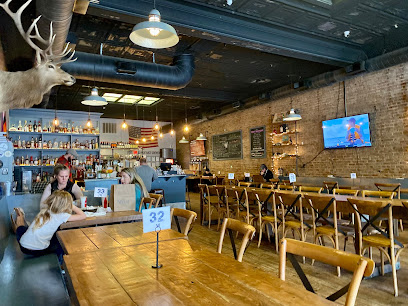
Local Phrases about Daniel Boone National Forest
-
- HelloHowdy
[haw-dee] - GoodbyeSee ya
[see yuh] - YesYep
[yep] - NoNah
[nah] - Please/You're welcomePlease/No problem
[pleez / no problem] - Thank youThanks
[thanks] - Excuse me/SorryPardon me/My bad
[par-dn me / mah bad] - How are you?Howdy
[how-dee] - Fine. And you?Fine. How 'bout you?
[fine. how 'bout yuh] - Do you speak English?Y'all speak English?
[y'all speak ing-lish] - I don't understandI ain't got a clue
[i aint got uh clue]
- HelloHowdy
-
- I'd like to see the menu, pleaseCan I see the menu, please
[can eye see the menu, please] - I don't eat meatI don't eat meat
[i dont eat meet] - Cheers!Cheers!
[cheers] - I would like to pay, pleaseI'd like to settle up, please
[id like to set-ul up, please]
- I'd like to see the menu, pleaseCan I see the menu, please
-
- Help!Help!
[help] - Go away!Git!
[git] - Call the Police!Call the Sheriff!
[call the sheriff] - Call a doctor!Call a doc!
[call a doc] - I'm lostI'm plumb lost
[im plumb lost] - I'm illI'm feelin' poorly
[im feelin poorly]
- Help!Help!
-
- I'd like to buy...I reckon I'll take...
[i reckon ill take] - I'm just lookingJust browsin'
[just browsin'] - How much is it?How much fer that?
[how much fur that] - That's too expensiveThat's a bit steep
[thats a bit steep] - Can you lower the price?Can ya do any better on the price?
[can ya do any better on the price]
- I'd like to buy...I reckon I'll take...
-
- What time is it?What's the hour?
[whats the hour] - It's one o'clockIt's one
[its one] - Half past (10)Ten-thirty
[ten-thur-tee] - MorningMornin'
[mornin'] - AfternoonAfternoon
[afternoon] - EveningEvenin'
[evenin'] - YesterdayYest'day
[yest-day] - TodayToday
[today] - TomorrowTamorra
[tah-mor-uh] - 1One
[wun] - 2Two
[too] - 3Three
[three] - 4Four
[four] - 5Five
[five] - 6Six
[six] - 7Seven
[seven] - 8Eight
[ate] - 9Nine
[nine] - 10Ten
[ten]
- What time is it?What's the hour?
-
- Where's a/the...?Where's the...?
[wheres the] - What's the address?What's the holler?
[whats the haw-ler] - Can you show me (on the map)?Can you show me where on the map?
[can you show me where on the map] - When's the next (bus)?When's the next stage?
[whens the next stage] - A ticket (to ....)A pass (to ....)
[a pass to]
- Where's a/the...?Where's the...?
History of Daniel Boone National Forest
-
Before European settlers arrived, the area now known as Daniel Boone National Forest was home to various Indigenous tribes, including the Shawnee and Cherokee. These tribes utilized the forest for hunting, fishing, and gathering, and their presence is still evident through archaeological sites and rock art found throughout the forest.
-
Daniel Boone, an American pioneer and frontiersman, blazed a trail through the Cumberland Gap in the late 18th century, opening the way for westward expansion. His explorations and settlements in Kentucky left a lasting legacy, and the forest was named in his honor in 1966 to commemorate his contributions to American history.
-
During the American Civil War, the forest served as a strategic region for both Union and Confederate forces. The rugged terrain provided natural fortifications, and several skirmishes and small battles occurred within the forest boundaries. Remnants of fortifications and artifacts can still be found, offering a glimpse into this tumultuous period.
-
In 1937, the federal government established the Cumberland National Forest to address issues of deforestation and soil erosion caused by extensive logging. The forest was later renamed Daniel Boone National Forest in 1966. The establishment of the forest marked the beginning of conservation efforts to preserve the natural landscape and its ecosystems.
-
The Red River Gorge, a significant part of Daniel Boone National Forest, is renowned for its stunning sandstone arches and cliffs. It has been a key area for rock climbing, hiking, and research on geological formations. The Gorge's natural beauty and recreational opportunities have made it a popular destination for outdoor enthusiasts.
-
Daniel Boone National Forest is not only a hub for natural beauty but also a place rich in cultural heritage. From the traditional crafts of Appalachian artisans to the historic structures like the Gladie Cultural-Environmental Learning Center, the forest offers a window into the region's cultural fabric.
Daniel Boone National Forest Essentials
-
Daniel Boone National Forest is located in eastern Kentucky, and the nearest major city is Lexington. The closest airport is Blue Grass Airport (LEX) in Lexington, about 60 miles from the forest. From Lexington, you can rent a car and take Interstate 75 south, then follow state routes to access various parts of the forest. Alternatively, Louisville International Airport (SDF) is about 130 miles away and offers additional flight options.
-
The most convenient way to explore Daniel Boone National Forest is by car. Renting a car from Lexington or Louisville is highly recommended, as public transportation options are limited. Within the forest, there are numerous scenic drives and well-maintained roads leading to trailheads, campgrounds, and recreational areas. For those who prefer not to drive, guided tours and shuttle services are available but must be arranged in advance.
-
The official currency in the United States is the US Dollar (USD). Credit and debit cards are widely accepted in most places, including gas stations, restaurants, and visitor centers within and around Daniel Boone National Forest. However, it's advisable to carry some cash, especially if you plan to visit more remote areas where card transactions may not be possible. ATMs can be found in nearby towns such as Morehead, London, and Somerset.
-
Daniel Boone National Forest is generally safe for tourists, but standard precautions should be taken. Be aware of your surroundings, especially in remote areas, and keep valuables secured. Some areas in nearby cities like Lexington and Louisville have higher crime rates, particularly at night. Stick to well-populated areas and avoid walking alone after dark. Always inform someone of your plans if hiking or camping in the forest.
-
In case of emergency, dial 911 for immediate assistance. For non-urgent medical issues, there are hospitals and clinics in nearby towns such as Morehead, London, and Somerset. It's recommended to carry a first-aid kit and have travel insurance that covers medical emergencies. Forest rangers are stationed at various points within the forest and can provide assistance. Emergency shelters and evacuation routes are also marked within the forest.
-
Fashion: Do wear comfortable, weather-appropriate clothing and sturdy hiking boots. Avoid wearing heavy perfumes that can attract insects. Religion: There are no specific religious customs to follow, but always respect any cultural or historical sites. Public Transport: Limited within the forest, so plan to drive or arrange private transportation. Greetings: Do greet fellow hikers and campers with a friendly nod or wave. Eating & Drinking: Do pack out all trash and respect 'Leave No Trace' principles. Don't feed wildlife or leave food unsecured, as this can attract animals.
-
To experience Daniel Boone National Forest like a local, consider visiting during the off-peak seasons of spring and fall when the weather is pleasant, and the foliage is stunning. Engage with local communities in nearby towns to learn about regional traditions and folklore. Don't miss out on local eateries serving Kentucky specialties like bourbon-infused dishes and Appalachian cuisine. For a unique experience, try horseback riding on one of the many equestrian trails or kayaking on Cave Run Lake.
Nearby Cities to Daniel Boone National Forest
-
Things To Do in Lexington
-
Things To Do in Knoxville
-
Things To Do in Bardstown
-
Things To Do in Frankfort
-
Things To Do in Pigeon Forge
-
Things To Do in Elizabethtown
-
Things To Do in Gatlinburg
-
Things To Do in Louisville
-
Things To Do in Johnson City
-
Things To Do in New Albany
-
Things To Do in Lebanon
-
Things To Do in Asheville
-
Things To Do in Hendersonville
-
Things To Do in Fort Thomas
-
Things To Do in Murfreesboro

